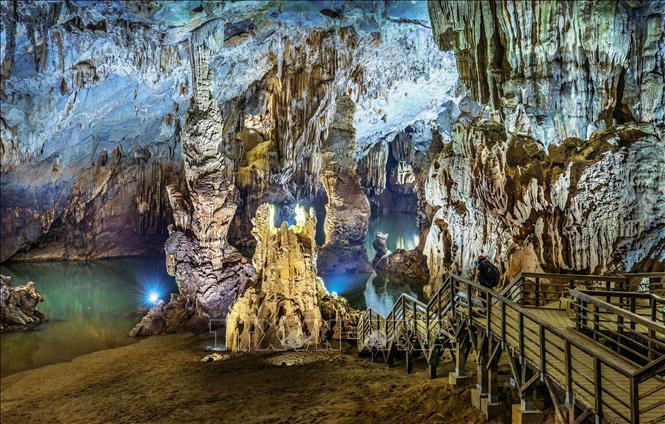 Phong Nha Cave is beautiful, magical and majestic. Photo: VNA
Phong Nha Cave is beautiful, magical and majestic. Photo: VNA
After hundreds of years of not being able to decipher the meaning; until now, those ancient lines still make many generations of Vietnamese people and scientists around the world curious.
These ancient inscriptions were discovered by French missionary Léopold Cadière nearly 130 years ago, when he was taken by the local people to explore this cave. These characters were written on the cliff in Bi Ky cave, located deep inside the cave. At first, people only saw a cluster of a few lines of characters right outside a cliff; later, many other lines of characters were discovered behind the cliff. The content of these characters is still a mystery to linguists and scientists at home and abroad.
Since then, many historians, social scientists, linguists... at home and abroad have come to Bi Ky cave to research and hope to decipher the meaning of these inscriptions, but no group has yet come up with a convincing answer. From July 11 to 14, 2015, a group of linguistic experts from the École Francaise d'Extrême-Orient, France visited Phong Nha cave and planned to research the Cham steles in the Bi Ky cave area. Through initial surveys and research, Professor Arlo Griffiths (in this research group) said that it is still not possible to know what is written on the stele. Professor Arlo Griffiths confirmed that the writing on this stele is Cham. He determined that the stele was written in the early years of the 11th century (about 1,000 years ago). This is the first time the stele in Bi Ky cave of Phong Nha cave has been dated with quite specific data, compared to previous assessments which had a quite long gap from the 9th - 10th century or from the 10th - 11th century.
After a thorough survey, at the end of this research trip, the linguists of the École Française d'Extrême-Orient only took photos of the stele to bring back to France for translation research and committed to transferring the research results to the Phong Nha - Ke Bang Tourism Center, in order to introduce to visitors that there is a culture deep inside Phong Nha Cave. However, up to now, Professor Arlo Griffiths's group has not yet had a specific translation to meet the expectations of Phong Nha - Ke Bang National Park for many years.
So after nearly 130 years, since the characters in Bi Ky cave were discovered on the cliffs in Phong Nha cave, until now, no one has been able to provide any translation of the content of the stele that the ancients wanted to leave for posterity, or wanted to say, tell about their ancient life. Because they cannot read and interpret this stele, until now many questions still lie in the mystery of the cave and the history of the Cham people in Quang Binh. That is, what did they want to say to posterity? Why did Phong Nha cave have many flat cliffs on the outside but the Cham people did not write on them, but had to go very deep into the cave to write? How is the writing here different from the writing in other regions of the Cham people?
Going back in history, at the end of the 19th century, according to many recorded and quoted sources (such as Phong Nha - the first wonder collected and compiled by author Dang Dong Ha and the research article Phong Nha - Ke Bang - a treasure trove of social science and humanities values by author Tran Thanh Toan printed in the book Phong Nha - Ke Bang National Park - Potential and Prospects - Phong Nha - Ke Bang National Park published in 2004), at the end of 1899, priest Léopold Cadière came to Quang Binh, in addition to his missionary duties in the residential areas of Co Lac and Co Giang in Phong Nha town, Bo Trach district today, he also had a passion for exploration. Therefore, before the information of the local people about a very large and mysterious cave in the area, the priest was curious to go to the cave for the purpose of research and survey.
At that time, with only a dugout canoe of the indigenous people, priest Léopold Cadière penetrated deeper into Phong Nha cave for more than 600 meters. At the end of the cave, he discovered on a cliff a stele consisting of 97 words and some relics such as altars, altars, baked bricks, pieces of pottery and porcelain, plates... After that trip, in December 1899, the priest wrote a letter to the Director of the École Française d'Extrême-Orient, Louis Finot, to inform him of his valuable discoveries in Phong Nha cave. The letter said: "What remains is very valuable to history. Keeping it is of great help to science". It was from this discovery of priest Léopold Cadière in Phong Nha cave that the cave area with the stele was later named Bi Ky cave as it is called today.
By the early 20th century, following the footsteps of priest Léopold Cadière, many more French and British explorers and scholars such as Barton, Antonie, M. Bouffie, Pavi, Golonbew, Finot... came to explore and research Phong Nha and Bi Ky cave. Surveying and exploring more carefully, these groups continued to discover more Cham relics in Phong Nha cave, such as stone statues, Buddha statues, tablets, bricks, and ceramics with many motifs bearing the Cham culture. This was described by Mr. Pavi: “On the right side of the cave entrance, there is a brick altar of the Champa people plastered by the Annamese. In the past, there was a stone statue on the altar, its legs stacked on top of each other, with a swastika on its chest, and a turban covering its neck. After 600 meters, turn right and there is a branch or side cave. Following that branch about 20 meters deep, you will find traces of the altar right in the middle of the cave, near the inscriptions on the cliff”.
Today, when tourists visit Phong Nha Cave, if they are willing to look for it or are pointed out by a tour guide from Phong Nha - Ke Bang Tourism Center, they will see a brown brick protruding from the ground right in the middle of the cave. That is one of the precious vestiges of Cham culture preserved in the cave to this day. As for the 97 stele letters written on the cliff in Phong Nha Cave, which tourists still admire, as mentioned above, right from Mr. Pavi's survey at that time, he also thought that it was very difficult to read, difficult to write accurately and to translate the meaning of those letters. In the end, Mr. Pavi only recognized one letter that he thought was "capimala". Later, according to History Professor Tran Quoc Vuong, if it was indeed the letter "capimala", it was determined to be Buddhist in nature (the name of an Arhat, the 13th patriarch in Buddhism). In terms of age, this was a Buddhist holy land of Northern Champa, around the 9th to early 10th century.
The ancient Cham stele in Phong Nha cave has attracted many surveys and studies throughout history. In addition to foreign researchers, the characters in Bi Ky cave have also attracted the attention of domestic researchers. Specifically, in 1942, Mr. Thai Van Kiem, an overseas Vietnamese in France, wrote an essay in French called “La première merveille du Viet Nam: les grottes de Phong Nha” (Phong Nha Cave - the first wonder of Vietnam), which won first prize in a contest organized by the General Committee of Youth for Sports in Indochina. Mr. Kiem wrote: “About 100 meters to the left of the entrance to the tunnel, on a damp area, we noticed many traces written in Cham characters. Most of these characters were unreadable and blurred due to the excessive dampness of the cave…”.
Mr. Nguyen Huu Thong (former Director of the Vietnam National Institute of Culture and Arts in Hue) said that in March 2008, a research team of scientists from Vietnam (including Dr. Thanh Phan, Tran Dinh Lam) and Japan (including Professors, Associate Professors, Dr. Takashima Jun, Sawada Hideo, Shine Toshihiko of the Institute for Asian and African Language and Culture Research) discovered that the traces of writing in Phong Nha cave were in Sanskrit form combined with ancient Cham script. In the research article on "Champa Buddhism and the location of Quang Binh land under the Indrapura dynasty (9th-10th century)", Mr. Nguyen Huu Thong said that the new discoveries of the Vietnamese-Japanese research team have revealed much interesting information to further clarify the Cham Buddhist relics in the stone caves of the Phong Nha - Ke Bang World Natural Heritage. “However, to be able to publish an accurate translation, it takes time to decode the ancient Cham elements combined in the layer of writing that few people understand thoroughly today,” said Mr. Thong.
Also talking about the ancient Cham characters in Bi Ky cave in Phong Nha cave, Doctor of History Nguyen Khac Thai (Quang Binh) said that deciphering the Cham writing in Phong Nha cave is quite difficult. According to Mr. Thai: "Because it is normal for languages to be dead or to have a change of language or a type of language to be sanctified when written for religious mystery. In the world or in our country, there are many such phenomena. But some can be deciphered and some cannot or have not been deciphered. The ancient Cham characters in Phong Nha cave may belong to the type of characters that have not been deciphered yet". The most regrettable thing is that currently, on the cliff with these ancient Cham lines in Phong Nha cave, someone has written many modern sentences over it, causing the ancient and new characters to be mixed together, blurring or losing too many ancient strokes, making it even more difficult to research and translate the meaning of this stele.
Currently, to ensure the safety of tourists in the face of geological and geomorphological changes as well as to preserve and avoid impacts on the stele, Phong Nha - Ke Bang Tourism Center limits visitors to this area as much as possible.
In addition to the 97-character stele, Mr. Hoang Minh Thang, Director of Phong Nha - Ke Bang Tourism Center, also introduced 10 places with ancient Cham characters located deep in hidden corners behind other stalactites in Phong Nha Cave.
Mr. Thang confided that not only the staff of Phong Nha - Ke Bang Tourism Center but also many other people and researchers are eagerly looking forward to the day when the meaning on the ancient steles in Phong Nha Cave will be explained. That day, it will show more precious values of a land Phong Nha - Ke Bang not only beautiful in natural heritage but also has a deep history, culture and spirit of the ancients.


![[Photo] Air Force actively practices for the April 30th celebration](https://vstatic.vietnam.vn/vietnam/resource/IMAGE/2025/4/15/16fdec3e42734691954b853c00a7ce01)
![[Photo] General Secretary To Lam meets with veteran revolutionary cadres, meritorious people, and exemplary policy families](https://vstatic.vietnam.vn/vietnam/resource/IMAGE/2025/4/15/7363ba75eb3c4a9e8241b65163176f63)

![[Photo] National Assembly Chairman Tran Thanh Man attends the summary of the organization of the Conference of the Executive Committee of the Francophone Parliamentary Union](https://vstatic.vietnam.vn/vietnam/resource/IMAGE/2025/4/15/fe022fef73d0431ab6cfc1570af598ac)
![[Photo] Welcoming ceremony for Prime Minister of the Federal Democratic Republic of Ethiopia Abiy Ahmed Ali and his wife](https://vstatic.vietnam.vn/vietnam/resource/IMAGE/2025/4/15/77c08dcbe52c42e2ac01c322fe86e78b)
![[Photo] Ho Chi Minh City after 50 years of national reunification through buildings and symbols](https://vstatic.vietnam.vn/vietnam/resource/IMAGE/2025/4/15/a224d0b8e489457f889bdb1eee7fa7b4)
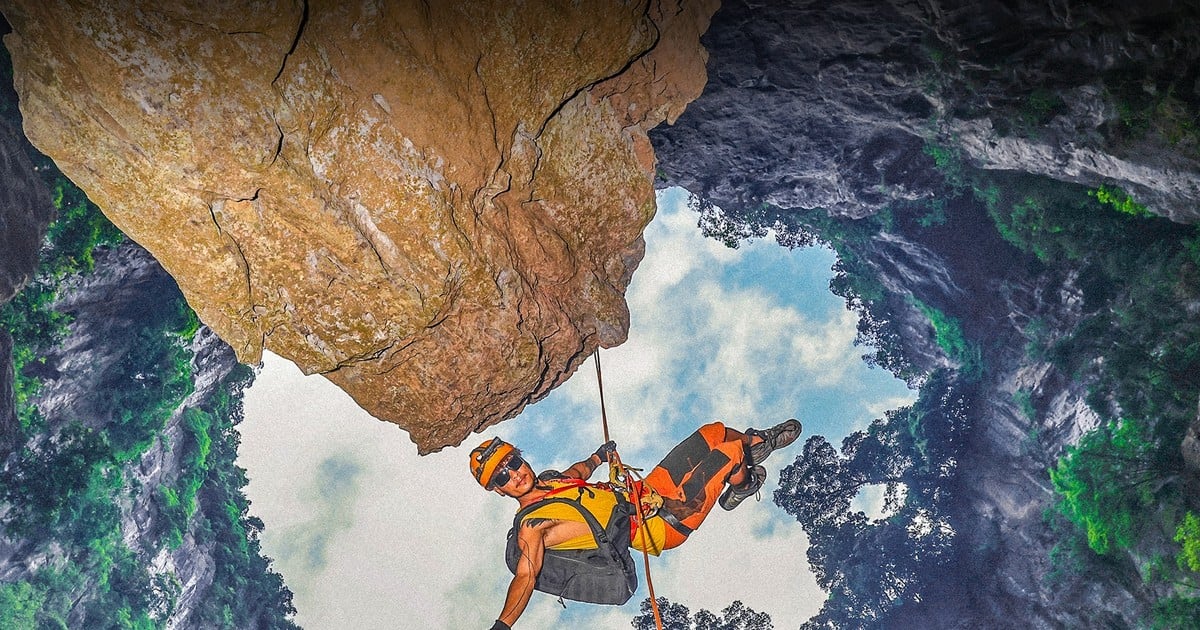
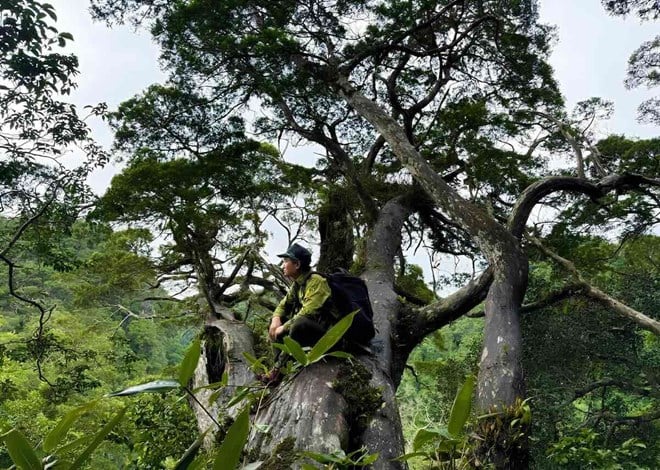

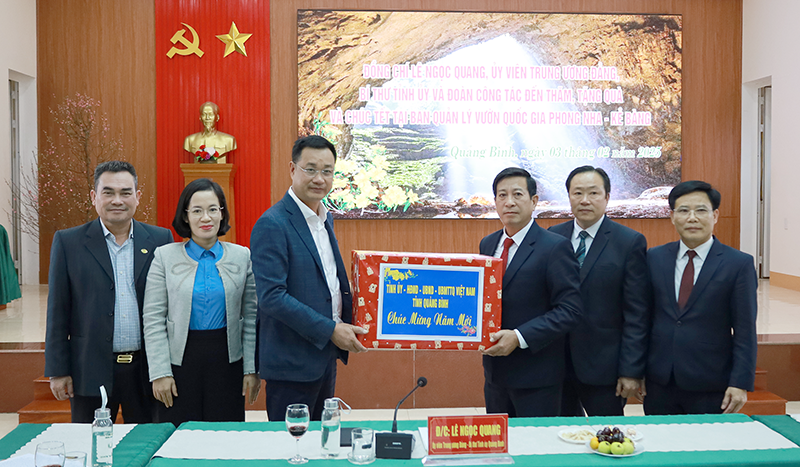

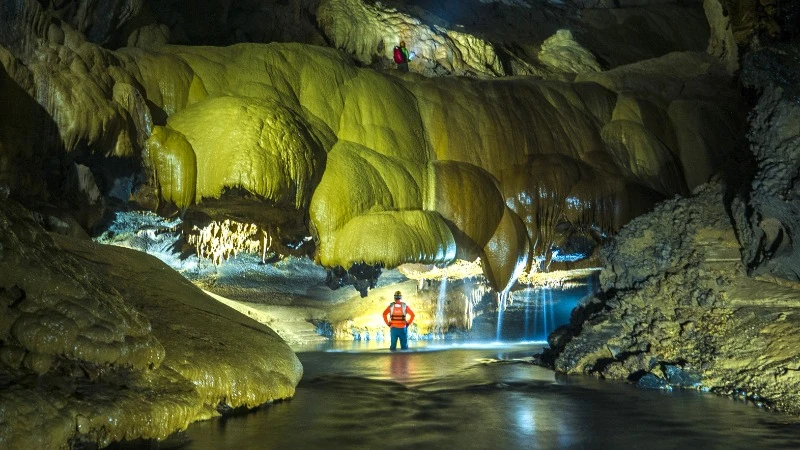

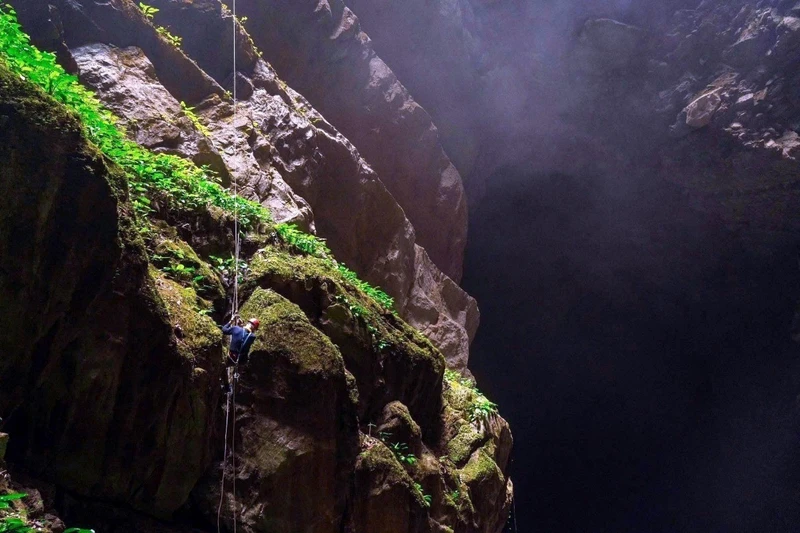

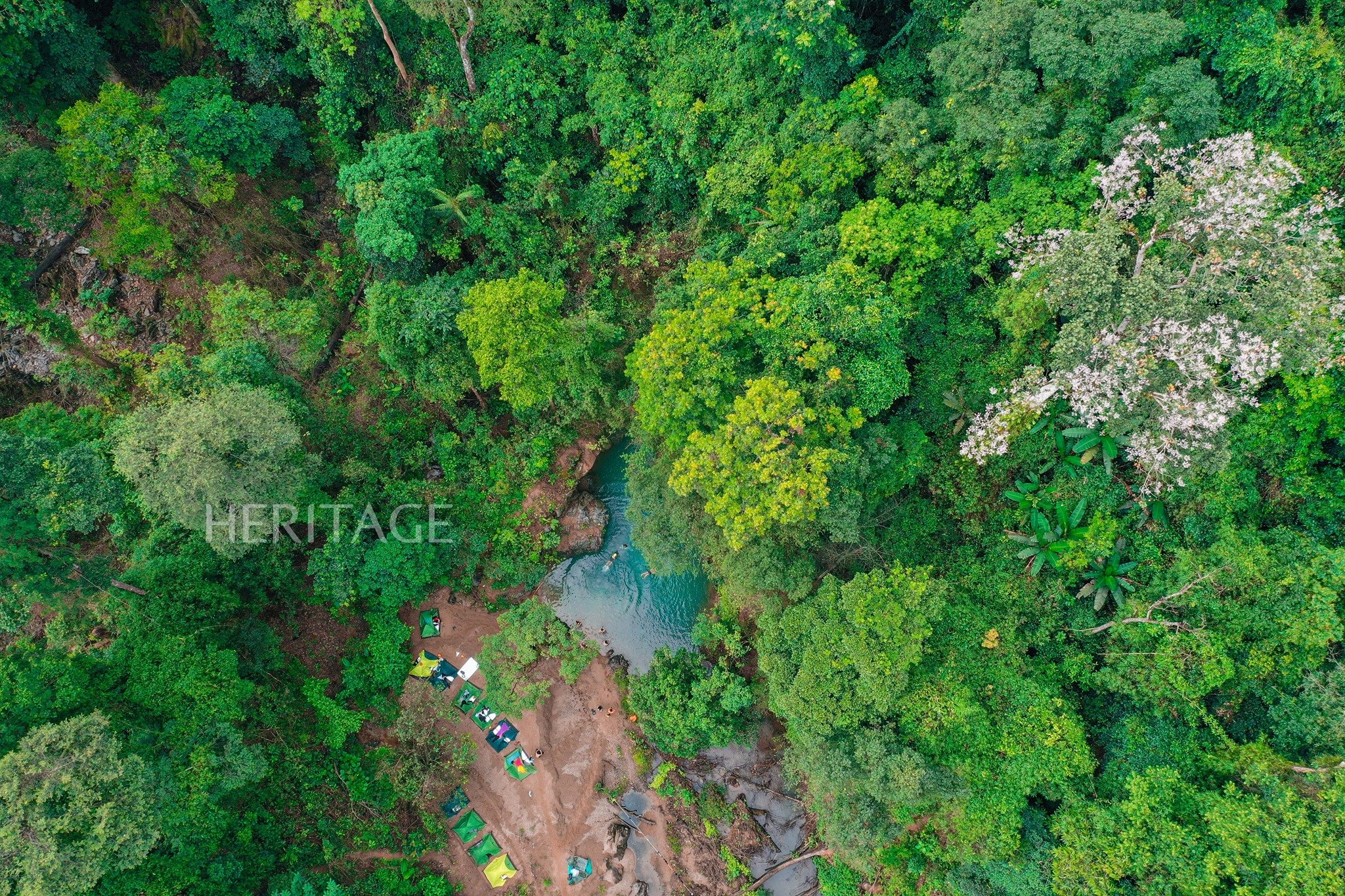


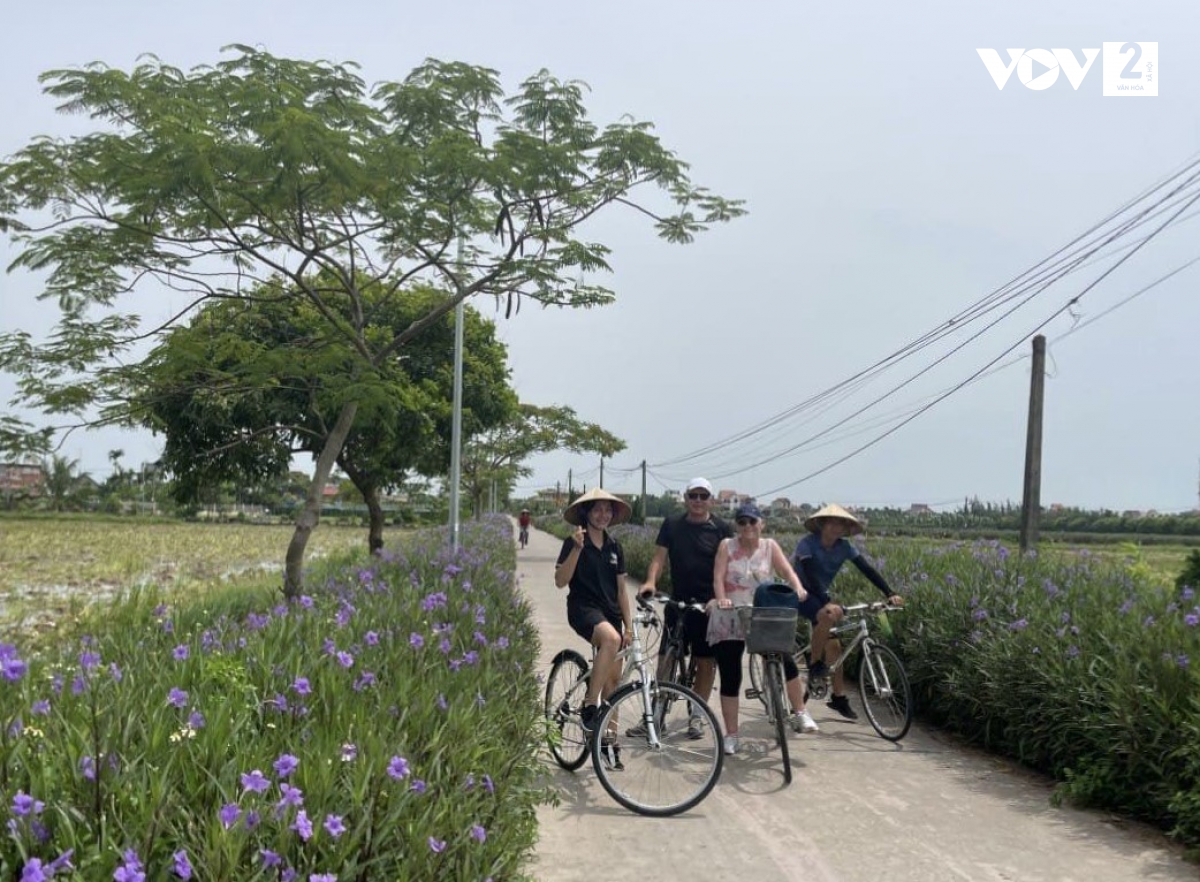
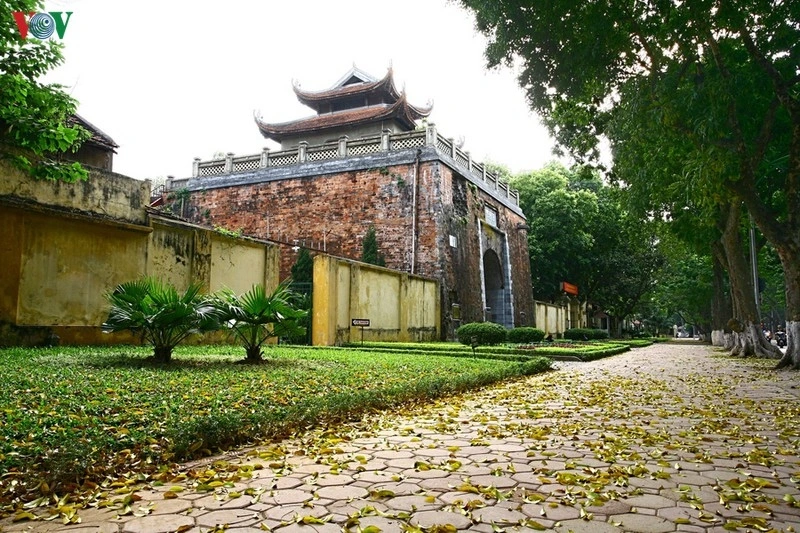
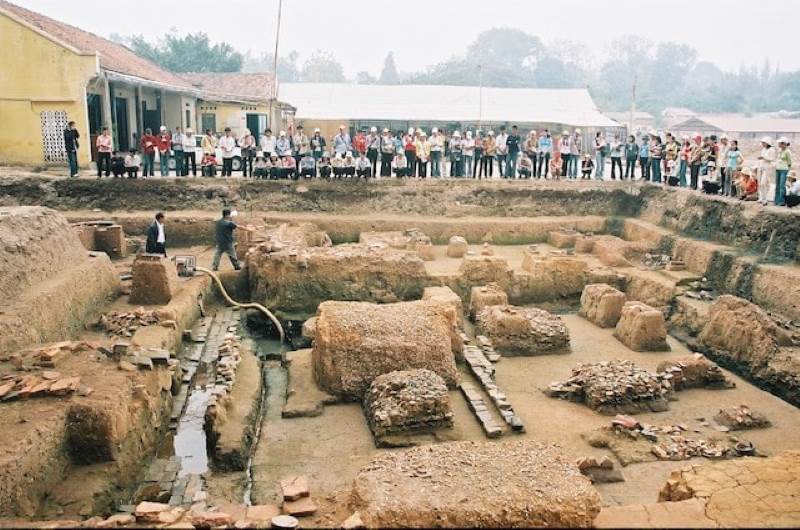
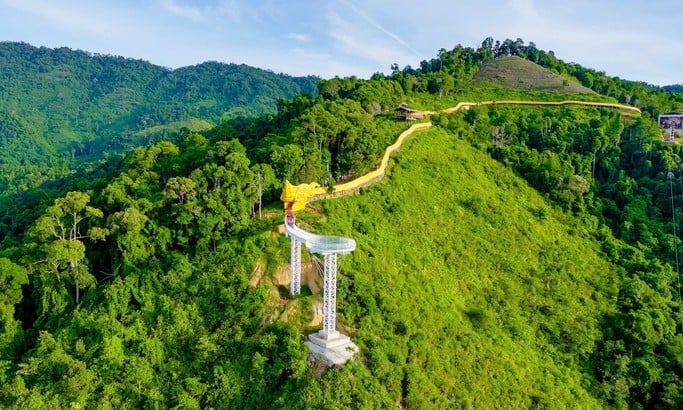









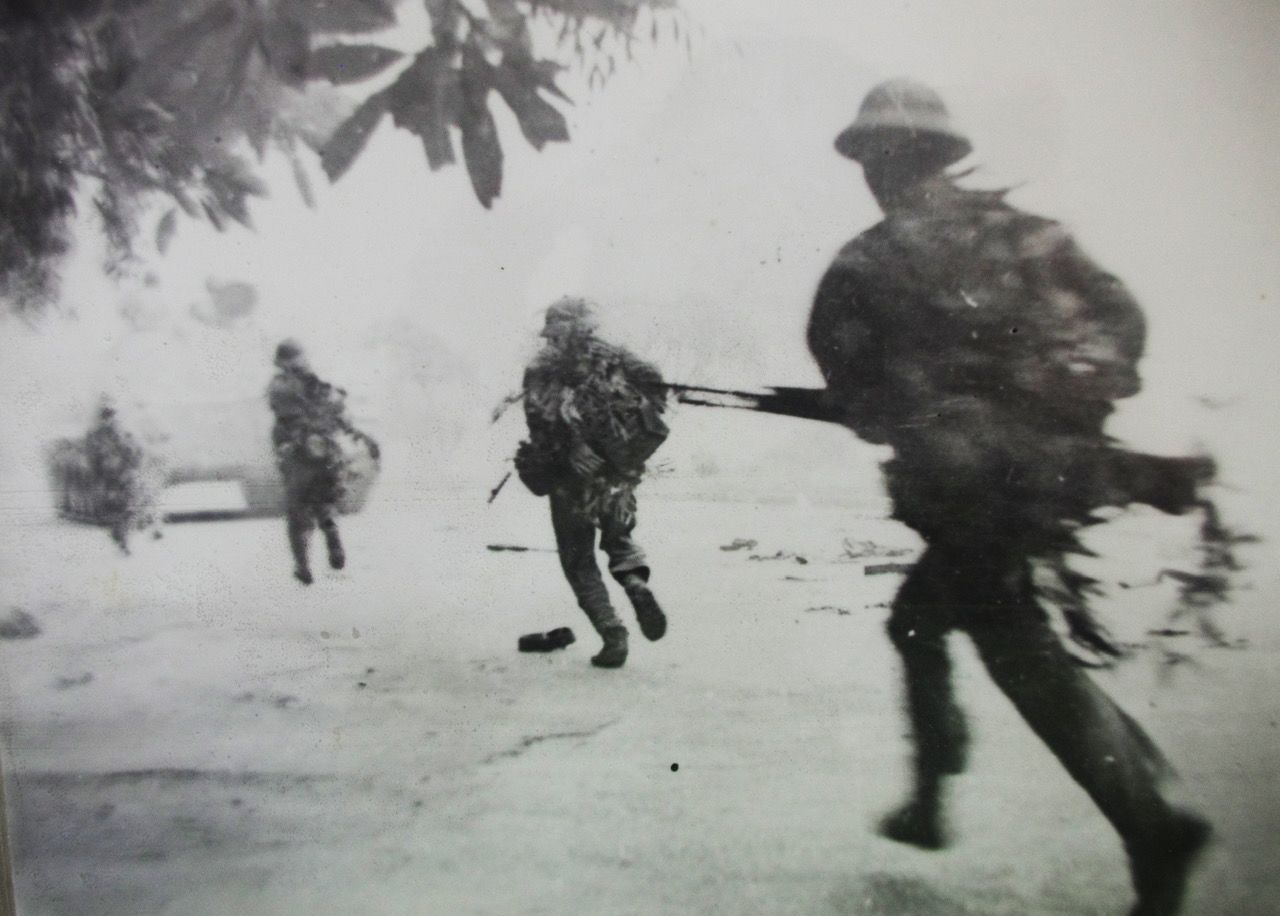










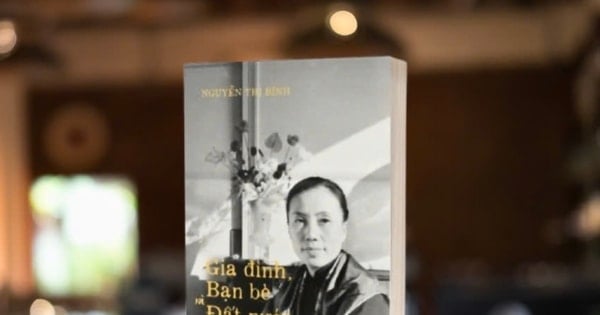

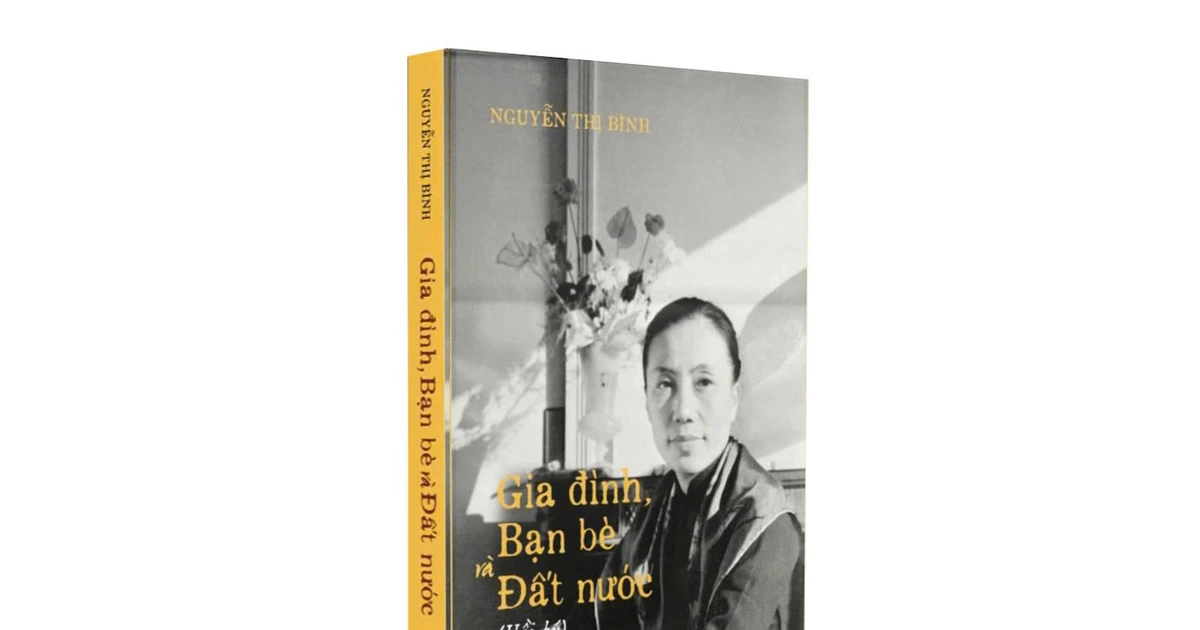













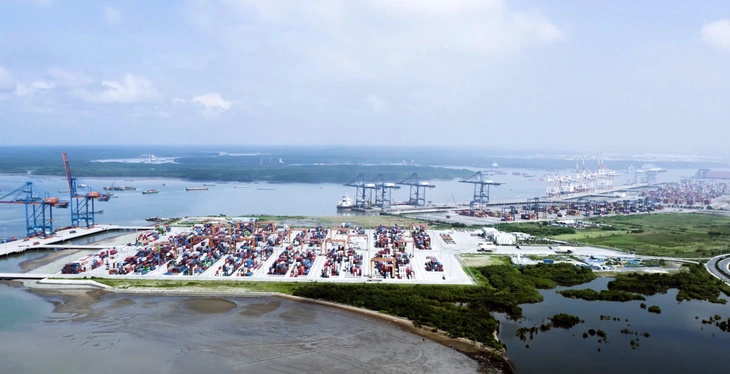





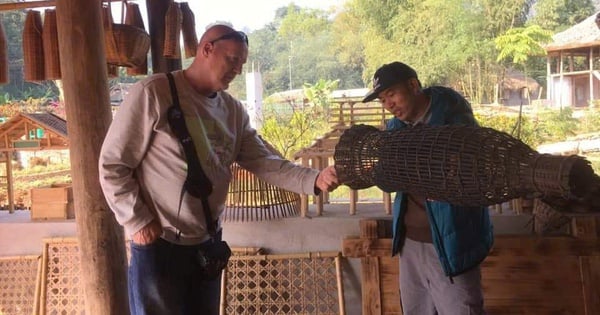




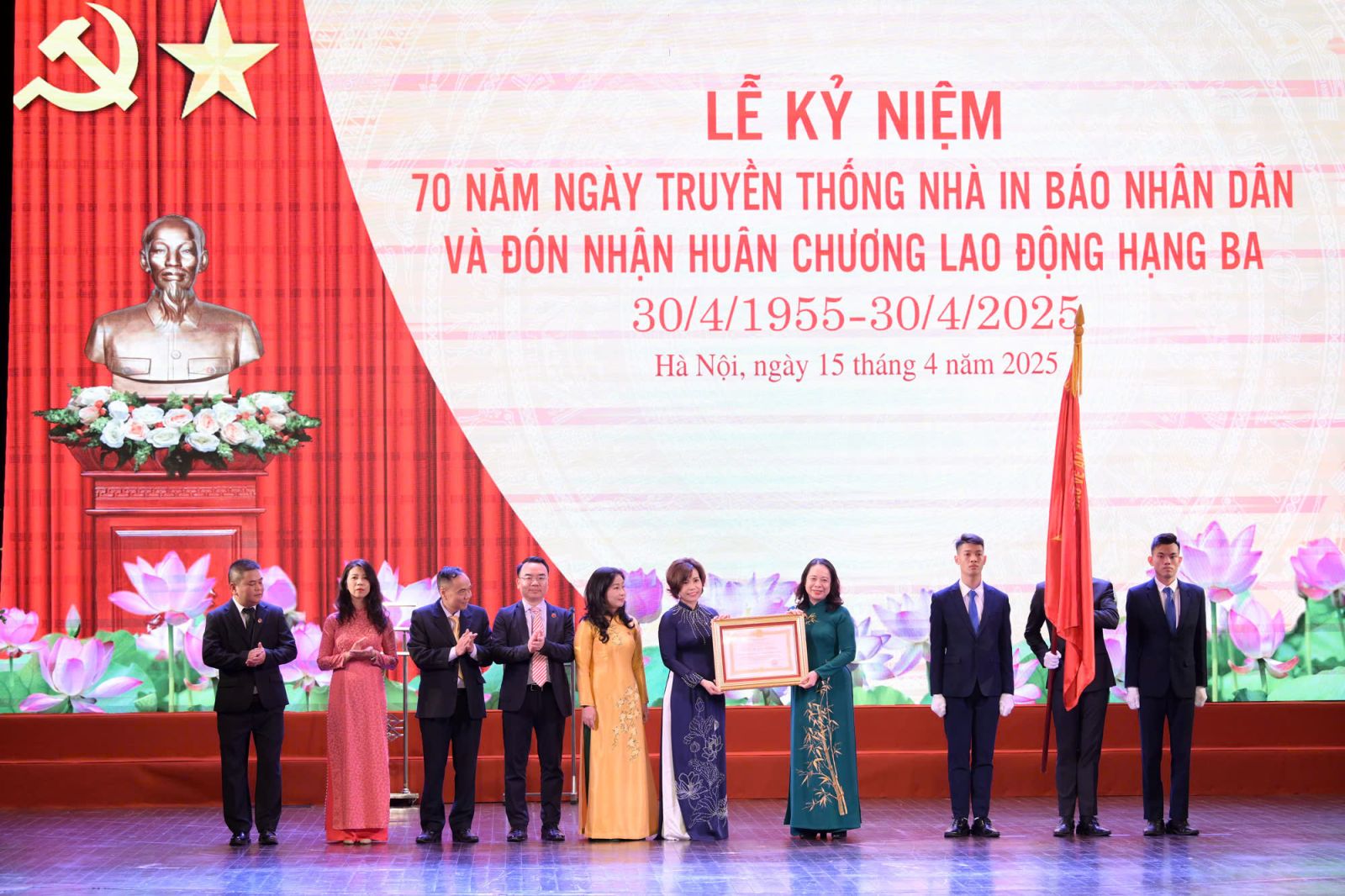
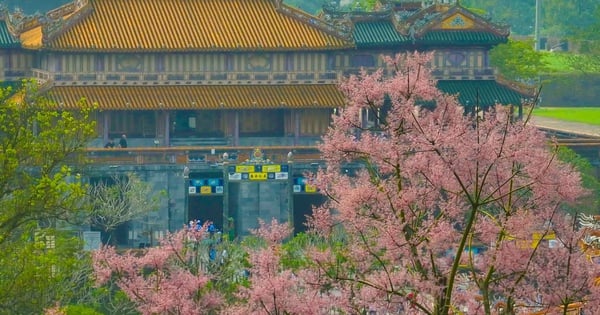


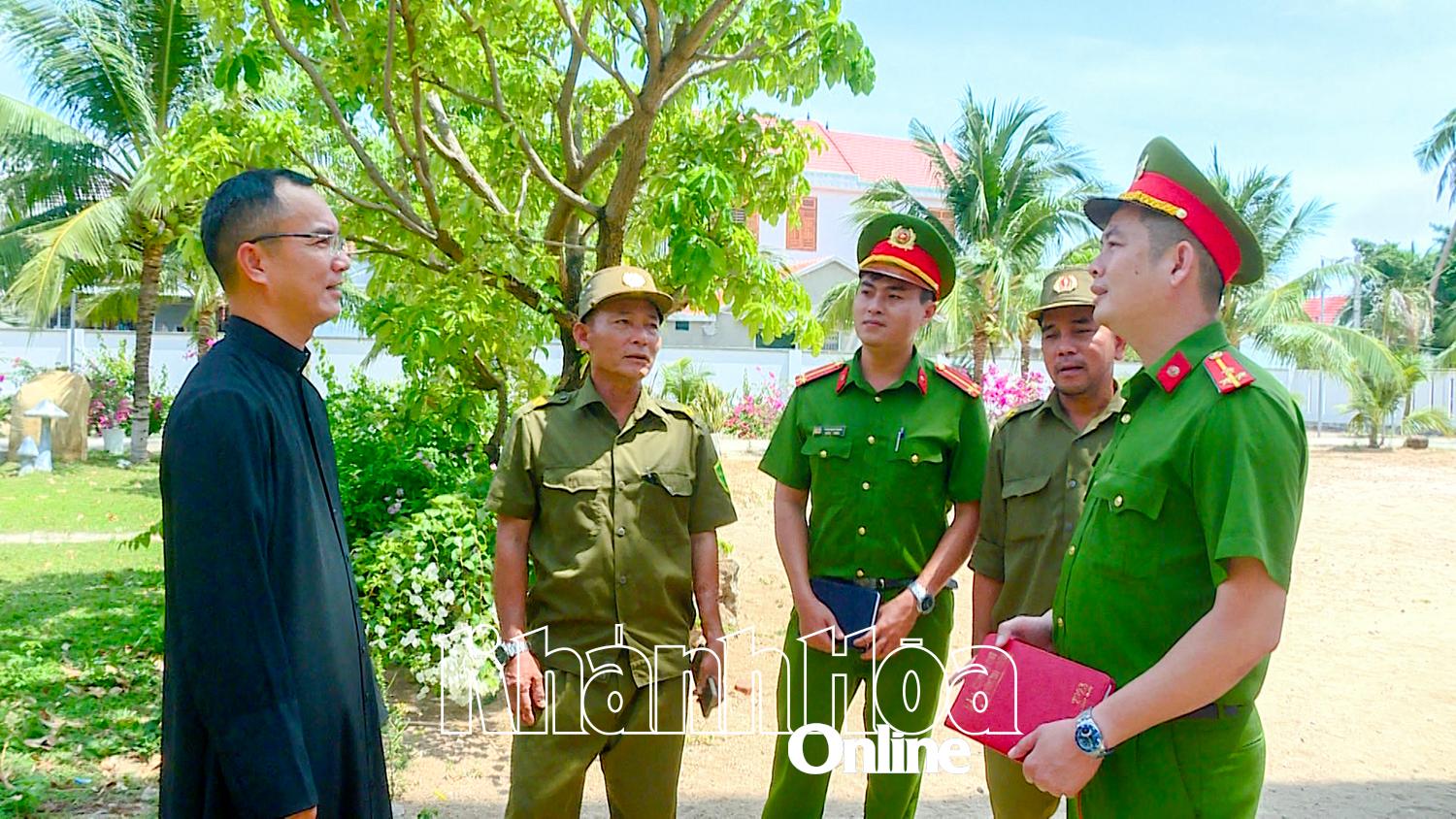


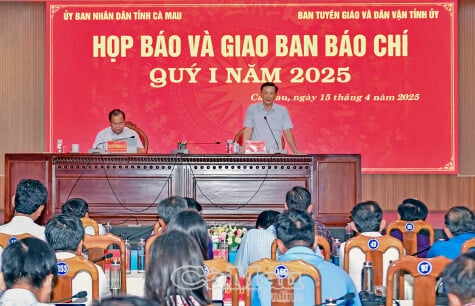
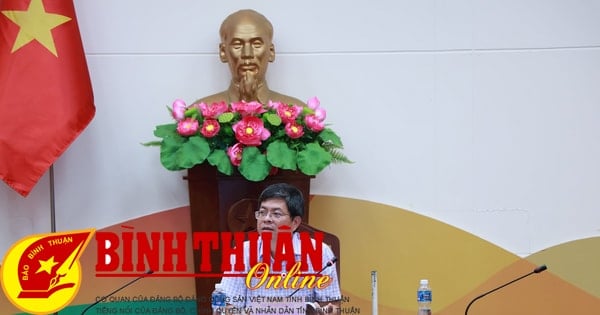

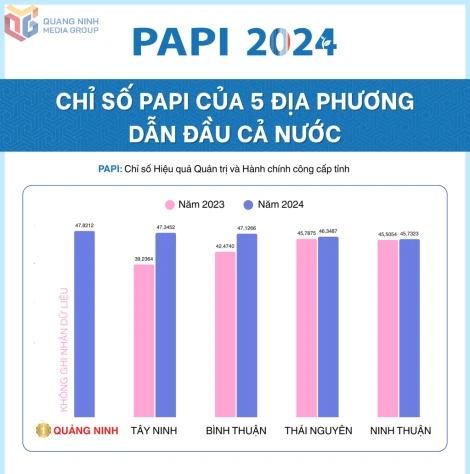





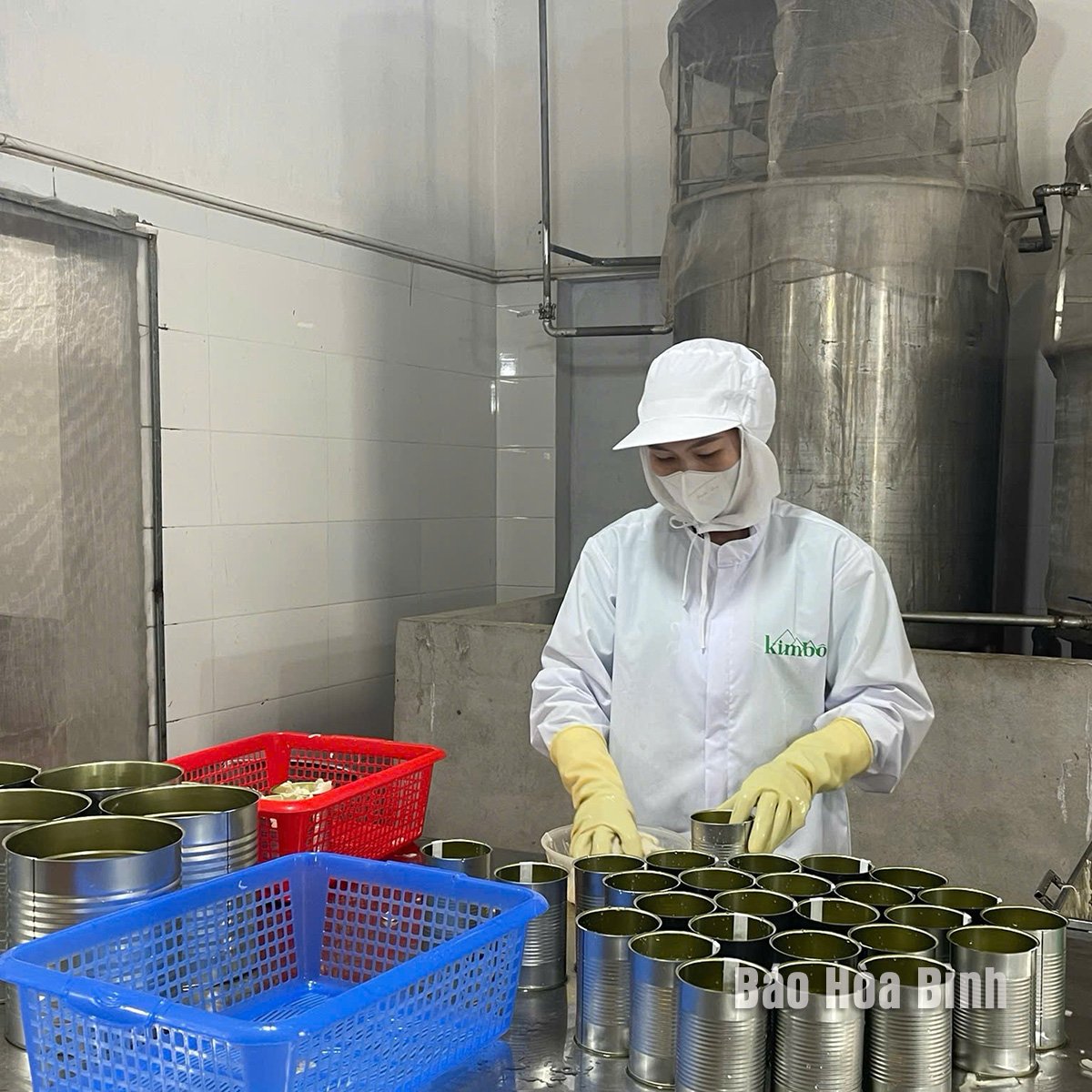

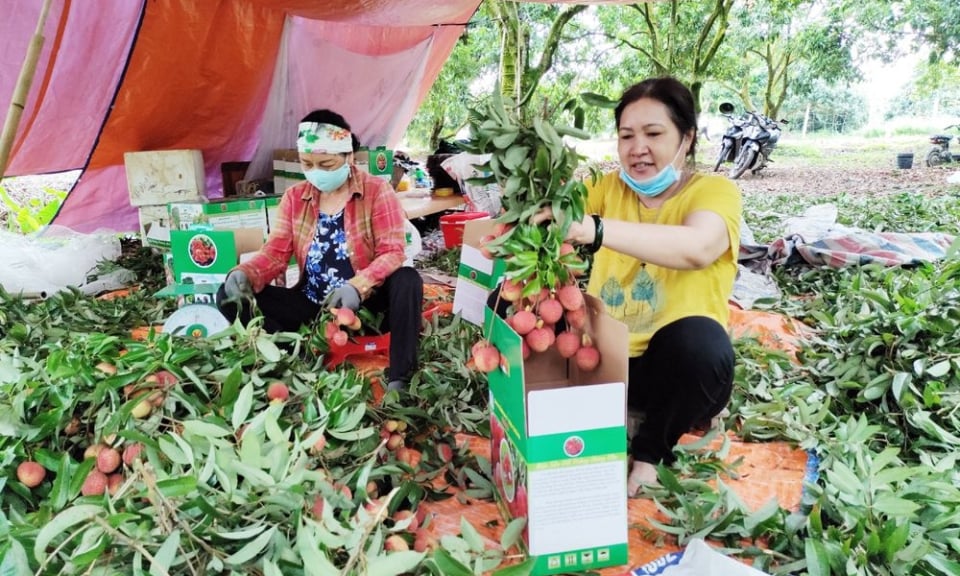


Comment (0)